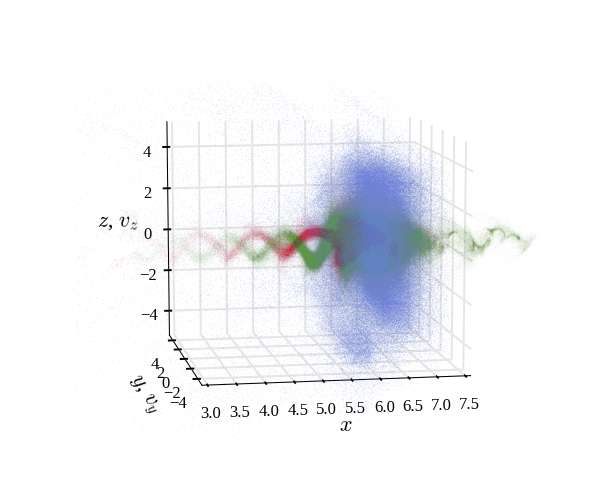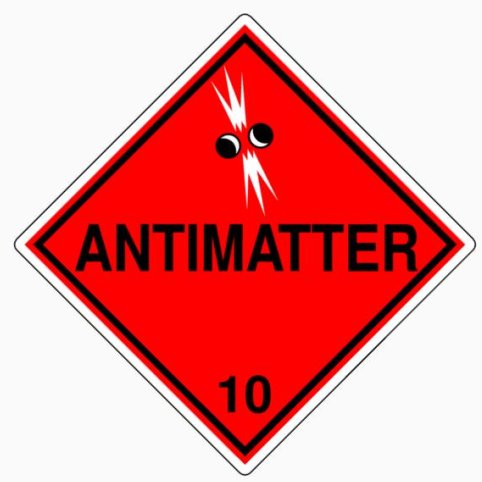
But another possibility is that some pairs of positronium atoms were joining together to form molecules. The atoms might seek these larger spaces to escape the nano-pores, whose cramped quarters tend to raise the energy of the atoms.

The extra-high rate may have resulted from positronium atoms concentrating in large cracks and other imperfections that weren’t accounted for in the calculation, which assumed a perfect, nano-porous material. They were surprised, however, that the decay rate was four times as high as expected based on the simplest understanding of the collisions.

Mills and his colleagues found a higher decay rate with the denser pulses–clear evidence, they say, of frequent positronium collisions, an important step toward making molecules. But collisions between two spin-1 atoms can transform them into the faster-decaying state. That’s because positronium atoms are born in either the fast-decaying spin-0 state or the long-lasting (hundreds of nanoseconds) spin-1 state, depending in part on the initial alignment of the electron and positron spins. They reasoned that more collisions should lead to a higher decay rate. Mills and his colleagues detected these gamma rays to measure the rate of annihilation, or “decay,” and probe the underlying physics.Īfter first looking at low-density positronium, the team used spatially compressed pulses to produce high-density positronium, whose atoms are more likely to collide with one another. These atoms live for a brief time as tiny gas clouds, trapped within the material’s pores, until the electrons and positrons inevitably annihilate with one another in a burst of gamma-rays. Positrons hitting the film liberate electrons and can bind with them to make positronium atoms. They collected and compressed positrons in a magnetic trap and then fired super-intense positron pulses at a thin film of “nano-porous” silica, a material riddled with myriad microscopic pores. While there are always occasional collisions in positronium gas, researchers haven’t succeeded in making it dense enough for frequent collisions–enough to affect the gas’s properties.īut a team of physicists led by Allen Mills of the University of California at Riverside may have done just that. Since researchers have already made positronium atoms and ions, the next step would be to coax the atoms to interact through collisions, and ultimately to form molecules.
#Creating antimatter series
Positronium is the simplest in a series of more complex forms of matter that physicists expect can be made by putting electrons and positrons together. Reported in the 4 November PRL, the experiments represent another step toward creating new kinds of “exotic matter,” whose properties physicists are eager to study, and that could ultimately lead to a gamma ray laser.

Now, in a dense but short-lived gas of such atoms, researchers have observed interactions between them–and may have produced the first positronium molecules, each composed of two atoms. Positronium is an “exotic” atom made of matter and antimatter: an electron and a positron (anti-electron) bound together without a nucleus.

Electrons and positrons, which curl in opposite directions in these tracks from an old bubble chamber detector, can live together in atoms and may now have been seen together in molecules.


 0 kommentar(er)
0 kommentar(er)
